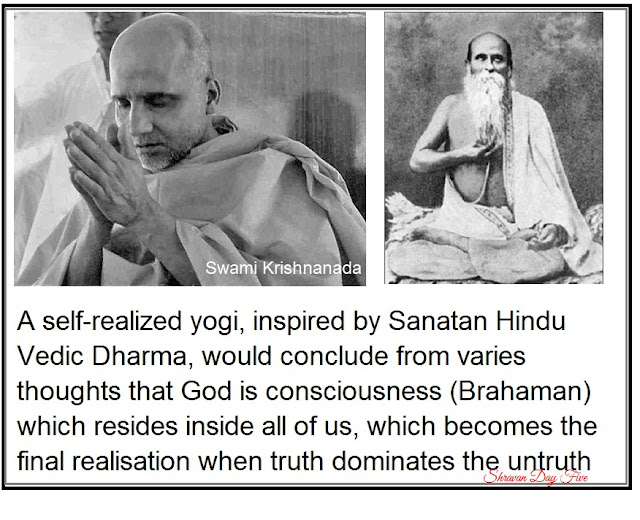Shiva Day Four
SANATAN
DHARMAFrancois
Gautier has revised the concept of SANATAN DHARMA in an easy to understand
explanation as a democratic ideology using your freedom of choice.
SANATAN
DHARMA IS FREEDOM OF FAITH
https://www.facebook.com/WorldwideHinduTemples/.../sanatan-dharma-is...francois-ga...
1)
Believe in God! – Aastik – Accepted
2)
Don’t believe in God! – You’re accepted as Nastik
3)
You want to worship idols – please go ahead. You are a murti pujak.
4)
You don't want to worship idols – no problem. You can focus on Nirguna Brahman.
5)
You want to criticize something in our religion. Come forward. We are logical.
Nyaya, Tarka, etc. are core Hindu schools.
6)
You want to accept beliefs as it is. Most welcome. Please go ahead with it.
7)
You want to start your journey by reading Bhagavad Gita – Sure!
8)
You want to start your journey by reading Upanishads – Go ahead.
9)
You want to start your journey by reading Purana – Be my guest.
10)
You just don’t like reading Puranas or other books. No problem my dear. Go by
Bhakti tradition. (Bhakti- devotion)
11)
You don’t like the idea of Bhakti! No problem. Do your Karma. Be a karma yogi.
12)
You want to enjoy life. Very good. No problem at all. This is Charvaka
Philosophy.
13)
You want to abstain from all the enjoyment of life & find God – Jai ho! Be
a Sadhu, an ascetic!
14)
You don’t like the concept of God. You believe in Nature only – Welcome. (Trees
are our friends and Prakriti or nature is worthy of worship).
15)
You believe in one God or Supreme Energy. Superb! Follow Advaita philosophy
16)
You want a Guru. Go ahead. Receive gyaan.
17)
You don’t want a Guru. Help yourself! Meditate, Study!
18)
You believe in Female energy! Shakti is worshipped.
19)
You believe that every human being is equal. Yeah! You’re awesome, come on
let’s celebrate Hinduism! “Vasudhaiva kutumbakam” (the world is a family)
20)
You don’t have time to celebrate the festival. Don’t worry. One more festival
is coming! There are multiple festivals every single day of the year.
21)
You are a working person. Don’t have time for religion. It’s okay. You will
still, be a Hindu.
22)
You like to go to temples. Devotion is loved.
23)
You don’t like to go to temples – no problem. You are still a Hindu!
24)
You know that Hinduism is a way of life, with considerable freedom.
25)
You believe that everything has God in it. So you worship your mother, father,
guru, tree, River, Prani-matra, Earth, and Universe!
26)
And if you don’t believe that everything has GOD in it – No problems. Respect
your viewpoint.
27)
“Sarve Jana sukhino bhavantu ” (May you all live happily)
This
is exactly the essence of Hinduism, all-inclusive. That is why it has withstood
the test of time after all the repeated onslaught both from within and outside,
and integrated every good aspect from everything. That is why it is eternal.
The
Vedas are a collection of hymns and other ancient religious texts written in
India between about 1500 and 1000 BCE. The origin and the authors of the Vedas
are unknown but Vyasa is the compiler of the Vedas, who arranged the four kinds
of mantras into four Samhitas (Collections). There are four Vedas: the Rigveda,
the Yajurveda, the Samaveda and the Atharvaveda. The Vedic hymns were skilfully
created by many Rishis (sages) . The Rigveda is known to be the oldest.
In this month of Shravan, compile your
thoughts and average it out with rituals, traditions, festivities, celebrations, and all those acts that make you happy with divine inspiration. Think Sanatan Dharma!






















